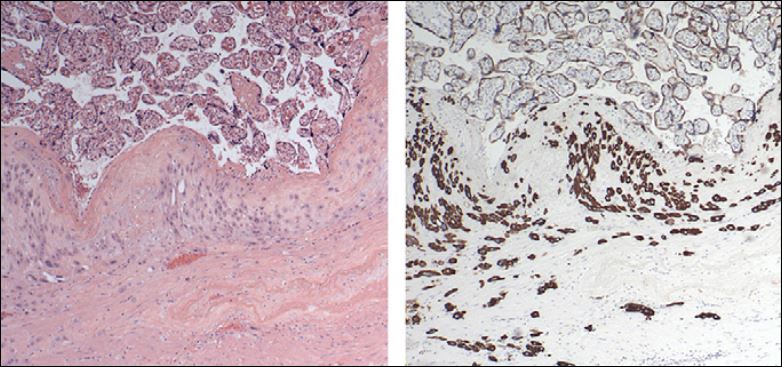Biomarkers for Prediction and Diagnosis of Pregnancy Complications
Preeclampsia.
Preeclampsia is a pregnancy-specific disease, which most commonly manifests as high blood pressure in the second half of pregnancy. Preeclampsia is a leading cause of maternal and fetal/neonatal morbidity and mortality. Preeclampsia can be difficult to diagnose because the most common signs and symptoms found in patients with preeclampsia (elevated blood pressure, protein in the urine, and headache) are present in many patients without preeclampsia, and are also not present in many patients with preeclampsia. Diagnosis of preeclampsia is based on late-stage signs and symptoms. Our researchers are in process of discovering predictive biomarkers that can be used in early pregnancy to identify women who are at high risk of developing preeclampsia, which will allow doctors and patients to personalize pregnancy care and improve outcomes. We have identified candidate extracellular RNA (exRNA) as well as metabolomic biomarkers for prediction of preeclampsia, and are currently focused on validating them. At the same time, our researchers are also involvement in development of biomarkers for better early diagnosis of preeclampsia.

Discovery of diagnostic biomarkers for placenta previa and accreta.
Placenta previa (in which the placenta covers the cervix) and accreta (in which the placenta grows too deeply into the uterine wall, resulting in excessive bleeding after delivery) are serious complications of pregnancy, which markedly increase the risks of hemorrhage and peripartum hysterectomy at the time of delivery. The risks of these conditions are higher in women with a history of cesarean section, and so the percent of pregnancies affected by placenta previa and accreta has increased dramatically over the past 40 years as the number of cesarean sections has increased. While these conditions are typically found by imaging studies, such as ultrasound or MRI, accurate diagnosis, especially for accreta, is difficult and requires specialized expertise that is not available at all prenatal care sites. At the same time, we know that patients with placenta previa and accreta who are diagnosed prenatally have better outcomes. Therefore, our researchers are working toward identification of biomarkers in the maternal blood for diagnosis of placenta previa and accreta. Our goal is to develop an accurate and inexpensive test that can be performed to screen all pregnant women for these conditions.

